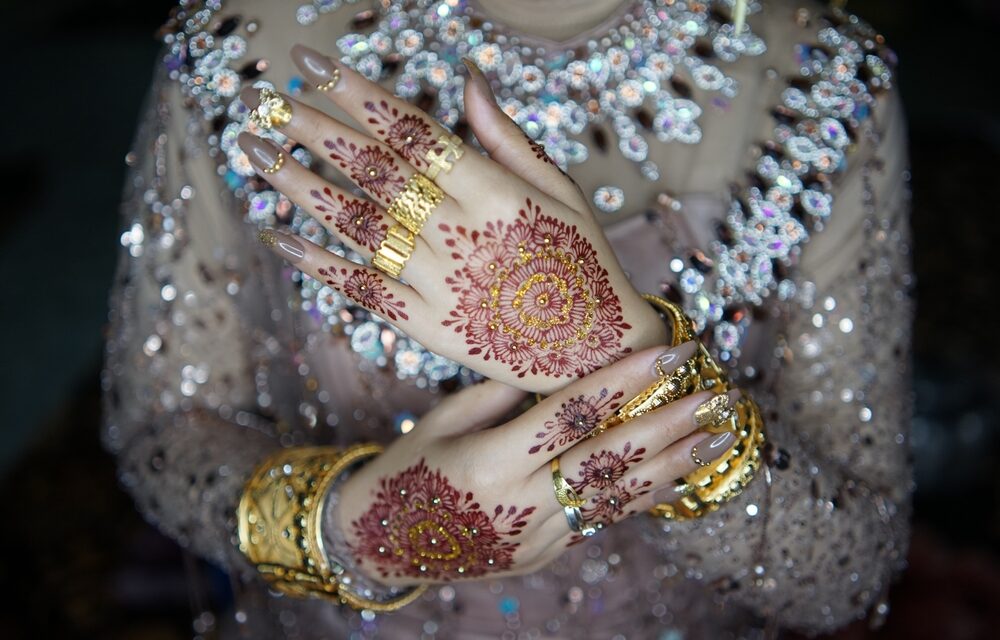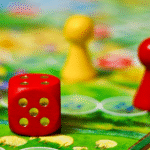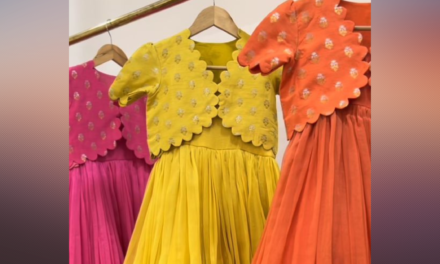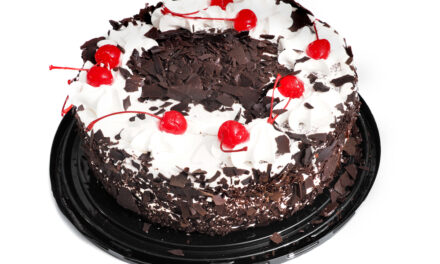Mehndi, also known as henna, is more than just a form of body art; it’s a cultural expression that has been cherished for centuries across South Asia and the Middle East. Among the various styles of mehndi, the royal front hand mehndi design stands out for its intricate details, historical significance, and timeless elegance. Whether you’re a bride preparing for your big day, or someone looking to add a touch of regal charm to a festive occasion, these designs offer something truly special.
In this comprehensive guide, we’ll delve deep into the world of royal front hand mehndi designs, exploring traditional motifs, modern adaptations, and tips for achieving the perfect look. We’ll also provide you with links to resources where you can find an extensive collection of designs to inspire your next mehndi creation.
Royal Front Hand Mehndi Designs – Historical Significance
Royal mehndi designs have their roots in the rich cultural traditions of India, Pakistan, and the Middle East. Historically, these designs were reserved for royalty, often featuring symbols of power, prosperity, and divine protection. Common motifs included peacocks, elephants, intricate floral patterns, and architectural elements reminiscent of palaces and temples.
The significance of these designs extended beyond aesthetics. Mehndi was believed to bring good fortune, protect against evil spirits, and enhance the beauty of the wearer. In royal families, applying mehndi was a ceremonial practice, especially during weddings and important festivals.
Key Elements of Royal Front Hand Mehndi Designs
Traditional Motifs
- Peacocks and Elephants: These animals are frequently used in royal mehndi designs, symbolizing beauty, grace, and strength. The intricate detailing of these motifs requires skilled artistry and is a hallmark of traditional royal designs.
- Floral Patterns: Flowers are a staple in mehndi designs, representing femininity, beauty, and the cycle of life. In royal designs, floral motifs are often combined with other elements like leaves, vines, and geometric shapes to create a balanced and harmonious design.
- Architectural Elements: Inspired by the grand palaces and temples, these motifs include domes, arches, and lattice work, reflecting the grandeur and sophistication of royal architecture.
Modern Adaptations
- Geometric Patterns: In recent years, there has been a trend towards incorporating modern geometric patterns into traditional designs. These patterns add a contemporary twist while maintaining the regal essence of the design.
- Minimalistic Styles: For those who prefer a subtler look, minimalistic royal designs focus on key motifs, leaving more negative space to highlight the intricacy of the artwork. These designs are perfect for modern brides or anyone looking to make a statement with simplicity.
- Personalized Elements: Modern royal mehndi designs often include personalized touches, such as initials, wedding dates, or meaningful symbols. This trend adds a layer of personal significance to the design, making it unique to the wearer.
How to Choose the Perfect Royal Front Hand Mehndi Design
Choosing the right design depends on various factors, including the occasion, personal style, and the skill level of the mehndi artist. Here are some tips to help you make the best choice:
Consider the Occasion
- Weddings: For brides, a full-hand royal design with elaborate motifs is often the preferred choice. These designs typically cover the entire hand, from the fingertips to the wrist, and may extend to the arms.
- Festivals: For festive occasions like Diwali, Eid, or Karva Chauth, a simpler design that covers the front of the hand may be more appropriate. These designs are usually less dense but still carry the elegance and charm of royal motifs.
- Casual Events: For more casual events, a modern or minimalistic royal design can be both stylish and appropriate. These designs are easier to apply and maintain, making them ideal for everyday wear.
Match Your Personal Style
- Traditional Lovers: If you have a deep appreciation for cultural heritage, traditional designs with peacocks, elephants, and intricate floral patterns will resonate with you.
- Modern Enthusiasts: If you lean towards contemporary fashion, opt for modern adaptations that include geometric patterns, minimalistic designs, or personalized elements.
- Mix and Match: Don’t be afraid to blend different styles. You can combine traditional motifs with modern elements to create a unique design that reflects your personal taste.
Work with a Skilled Artist
- The complexity and detail of royal mehndi designs require a skilled artist. Look for someone with experience in traditional and modern styles, and ensure they understand your vision for the design.
Popular Royal Front Hand Mehndi Designs
To inspire your next mehndi creation, here are some popular royal front hand mehndi designs:
Full-Hand Traditional Royal Design
- This design covers the entire front of the hand with intricate motifs like peacocks, elephants, and floral patterns. It’s perfect for brides and those looking for a traditional look.
- Resource: Social Ornament
Modern Minimalistic Royal Design
- A contemporary take on royal designs, this style uses minimal motifs with more negative space, focusing on key elements like geometric patterns or personalized symbols.
- Resource: Mehndi Designs
Arabic Royal Design
- This design combines traditional royal motifs with Arabic patterns, resulting in a rich and elegant look. The design often features bold lines and spaces, giving it a unique aesthetic.
- Resource: ThemehendiDesign
Bridal Royal Mehndi Design:
- A grand and elaborate design, this style is specifically tailored for brides. It includes detailed motifs that often extend to the arms, with personalized elements like initials or wedding dates.
- Resource: MehndiDig
Tips for Achieving the Perfect Royal Mehndi
To ensure your royal mehndi design looks its best, follow these tips:
1. Prepare Your Skin:
- Clean your hands thoroughly and exfoliate to remove dead skin cells. This will help the mehndi paste adhere better and result in a darker stain.
2. Use Quality Henna:
- The quality of the henna paste plays a crucial role in the final outcome. Make sure to use fresh, natural henna without any chemical additives.
3. Let It Dry Naturally:
- Allow the mehndi to dry naturally for several hours. Avoid using heat as it can cause the paste to crack and affect the final design.
4. Apply a Lemon-Sugar Solution:
- Once the paste is dry, apply a mixture of lemon juice and sugar to the design. This helps to lock in the moisture and deepen the color of the stain.
5. Avoid Water:
- After removing the dried paste, avoid washing your hands with water for at least 12 hours to allow the color to develop fully.
6. Aftercare:
- To prolong the life of your mehndi design, avoid excessive washing, and apply natural oils like coconut or mustard oil to keep the skin hydrated.
Conclusion: Embrace the Royal Elegance
Royal front hand mehndi designs offer a blend of tradition and modernity, making them perfect for any occasion. Whether you prefer a classic full-hand design or a contemporary minimalistic look, there’s a royal mehndi design that will suit your style. By following the tips and exploring the resources provided, you can achieve a stunning mehndi design that not only enhances your beauty but also connects you with a rich cultural heritage.








